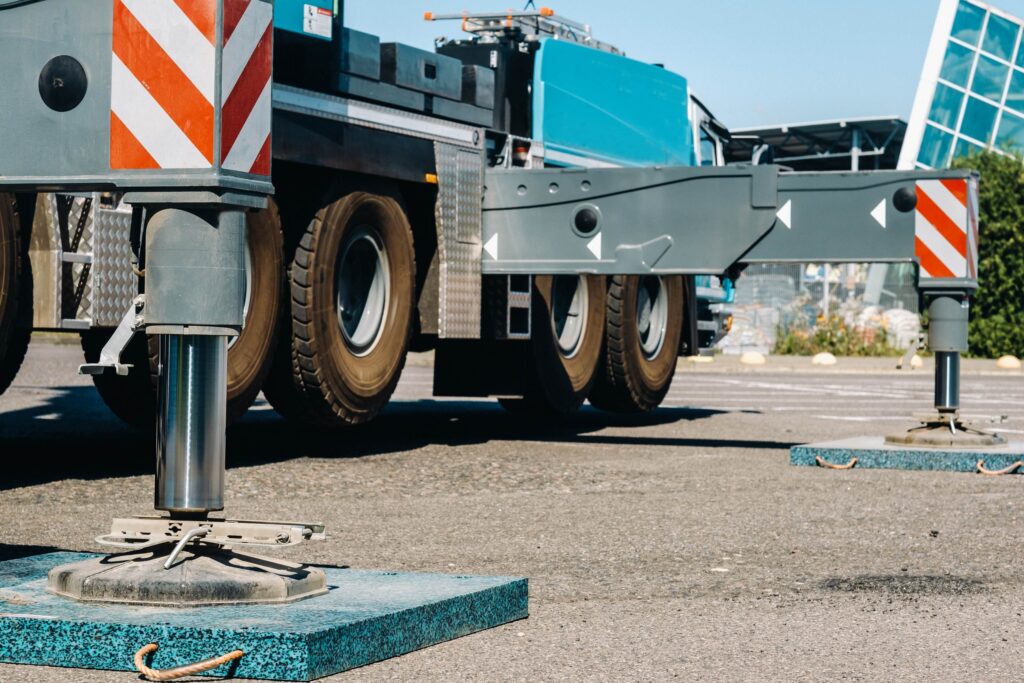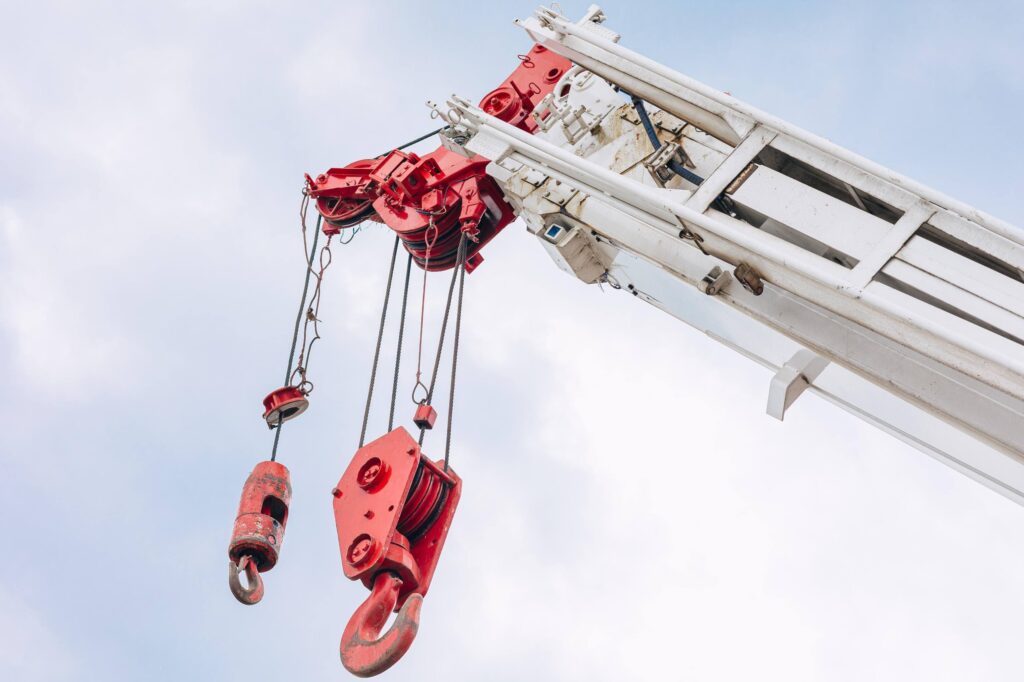Boom trucks lift heavy loads to great heights, making them essential for construction, maintenance, and utility work. However, their usefullness comes with risks. Improper operation can lead to accidents, injuries, or even fatalities. Prioritizing boom truck safety saves lives and ensures projects run smoothly. Here are the top 10 boom truck safety tips every operator should follow to minimize risks and maintain a safe work environment.
Why Boom Truck Safety Matters
Boom truck accidents often stem from operator error, equipment failure, or lack of boom truck hazard awareness. According to the Occupational Safety and Health Administration (OSHA), crane-related incidents cause approximately 90 deaths annually in the U.S. construction industry. Many involve boom trucks. Proper training and adherence to safety protocols can prevent these tragedies.

What steps can you take to ensure boom truck safety on your worksite?
Top 10 Boom Truck Safety Tips
1. Conduct Pre-Operation Inspections
Always inspect the boom truck before use. Check hydraulic systems, cables, and outriggers for wear or damage. For example, a frayed cable can snap under load, causing catastrophic failure. Address issues immediately to avoid accidents and close calls. For less experienced operators, employers can provide an inspection checklist.
2. Verify Load Limits
Respect the boom truck’s load capacity. Overloading compromises boom truck load safety and risks tipping. For instance, a 10-ton boom truck should never lift 12 tons. Always consult the load chart and factor in boom length and angle.
3. Stabilize the Truck Properly
Deploy outriggers fully on firm, level ground with sufficiently large pads. Uneven surfaces increase the risk of tipping. In 2019, a boom truck in Texas tipped over while lifting a heavy HVAC unit due to improper outrigger setup, injuring two workers.
4. Maintain a Safe Distance from Power Lines
Stay at least 10 feet away or more from power lines. Electrocution is a leading cause of boom truck accidents. Use spotters to monitor distances and ensure boom truck hazard awareness around electrical hazards.
5. Train Operators Thoroughly
Only certified operators should handle boom trucks. Training covers load dynamics, equipment controls, and emergency procedures. Untrained operators risk mistakes, like swinging loads into structures. OSHA mandates certification for all crane operators.
6. Use Proper Rigging Techniques
Secure loads with appropriate slings and hardware. Improper rigging can cause loads to slip, endangering workers below. For example, using a worn sling can lead to a dropped load, as seen in a 2021 Florida accident where a steel beam fell, damaging equipment and halting work.
7. Communicate Clearly
Establish clear communication with ground crews. Use radios or hand signals to coordinate movements. Miscommunication can lead to load swings or collisions. Ensure all team members understand signals before starting.
8. Monitor Weather Conditions
Avoid operating in high winds or storms. Winds above 20 mph can destabilize loads, compromising boom truck load safety. Check weather forecasts and halt operations if conditions worsen.
9. Keep the Work Area Clear
Restrict unauthorized personnel from the lift zone. Falling loads or swinging booms can injure bystanders. Use barriers or signs to mark the danger area and enhance boom truck hazard awareness.
10. Perform Regular Maintenance
Schedule routine maintenance to keep the boom truck in top condition. Worn brakes or hydraulic leaks can cause failures. Follow the manufacturer’s maintenance schedule to prevent unexpected breakdowns.
Real-World Examples of Boom Truck Accidents
Example 1: Tipping Incident in Texas (2019)
A boom truck operator in Austin attempted to lift an HVAC unit without fully extending the outriggers. The ground was uneven, causing the truck to tip. Two workers sustained minor injuries, and the project faced costly delays. This accident highlights the importance of proper stabilization for boom truck safety.
Example 2: Electrocution in Florida (2021)
In Miami, a boom truck contacted a live power line during a lift. The operator failed to maintain a safe distance, resulting in severe life-altering burns to a worker and a temporary site shutdown. This underscores the need for boom truck hazard awareness around electrical lines and the use of spotters.

Why These Tips Matter
Implementing these boom truck safety tips reduces risks, protects workers and avoids productivity delays. Each tip addresses a common hazard, from overloading to poor communication. By fostering a culture of safety, operators can prevent accidents and maintain productivity.
FAQs:
Key Takeaways
- Prioritize Inspections and Training: Regular checks and certified operators are the foundation of boom truck safety.
- Respect Load and Environmental Limits: Adhere to load charts and monitor weather to ensure boom truck load safety.
- Stay Vigilant: Clear communication and boom truck hazard awareness prevent accidents and save lives.
By following these tips, operators can make safety first and keep worksites accident-free. Stay proactive, stay trained, and stay safe.








jogoscassino
Alright, time for JogosCassino. If you’re Brazilian or Portuguese speaker its the place to be. Seems like a solid site. I’d recommend giving it a try if you’re after that casino vibe! Here’s jogoscassino. Boa sorte!